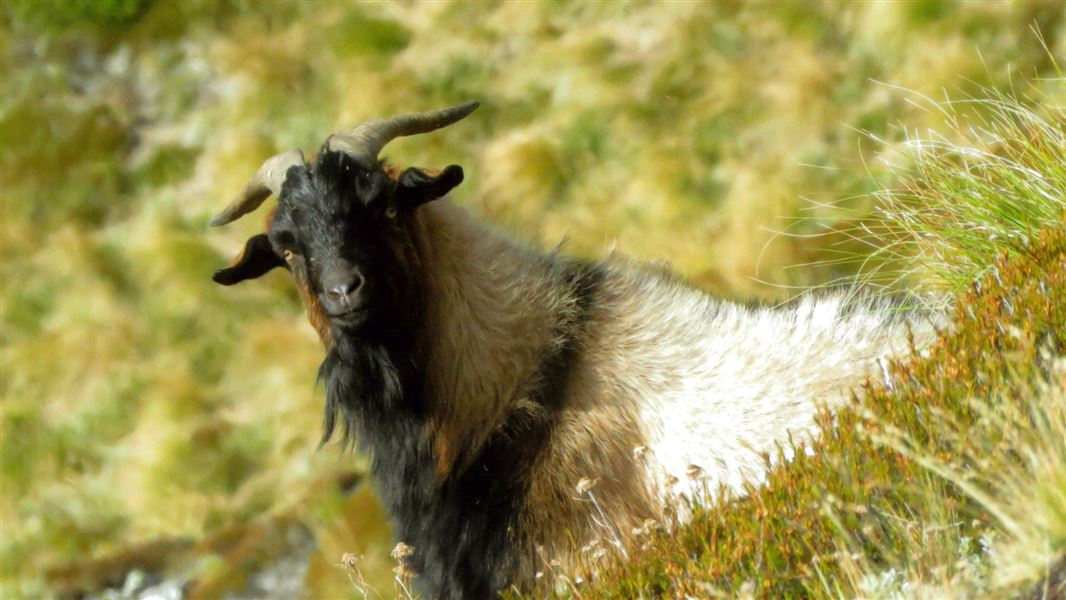Date: 29 May 2024
In a systematic search covering 82% of the 78,618 hectare national park, the high-resolution thermal camera detected no goats.
Follow-up eDNA testing at several waterways – aimed at detecting genetic material of any species in the area – also failed to detect goats.
DOC Biodiversity Supervisor Danial van der Lubbe says the recent surveys have given a baseline for wild goat numbers in the park.
“The results attest to the effectiveness of our ongoing goat control efforts in surrounding areas; but we know by their nature aerial surveys can’t spot everything,” says Danial.
“Thermal cameras can’t detect animals in dense, forested areas, so there may be the odd goat hiding away in these spots.”
A long-running wild goat control programme in neighbouring Tongariro Forest and Erua conservation areas aims to minimize the opportunity for invasions into the national park.
“It will be an ongoing challenge, monitoring and preventing any establishment in the national park,” says Danial.
“We had a sighting of a goat near the boundary of the national park in April, so it’s always possible one will turn up.
“Thermal imaging, eDNA – these are all tools to help us detect them, now and into the future, but we also do rely on people who are out there all the time to keep an eye on it.”
Wild goats can cause significant damage to New Zealand’s alpine and forest ecosystems. They heavily browse native plants and eat seedlings which can change the number and type of plants present in an area and takes food and shelter from native animals.
People encountering goats in Tongariro National Park are encouraged to report the details, including the location, time, and number of goats, to 0800 DOC HOT (0800 362 468). A photo or video would be helpful if possible.
Background information
Wild Animal Management Programme
- DOC’s programme manages wild goats, deer, pigs, tahr, and chamois at priority conservation sites to protect native plants and habitats.
- We aim to maintain or achieve wild-animal-free areas, prevent the spread of wild animals into new areas, and manage numbers elsewhere to maintain functioning ecosystems.
- Managing wild animal numbers helps to increase forests' health and resilience in dealing with climate change.
eDNA testing
Environmental DNA, or eDNA, refers to all the tiny traces of genetic material that are left behind as living things pass through water or soil. eDNA testing can provide a snapshot of the plants and animals in a local area at a specific point in time.
Contact
For media enquiries contact:
Email: media@doc.govt.nz
